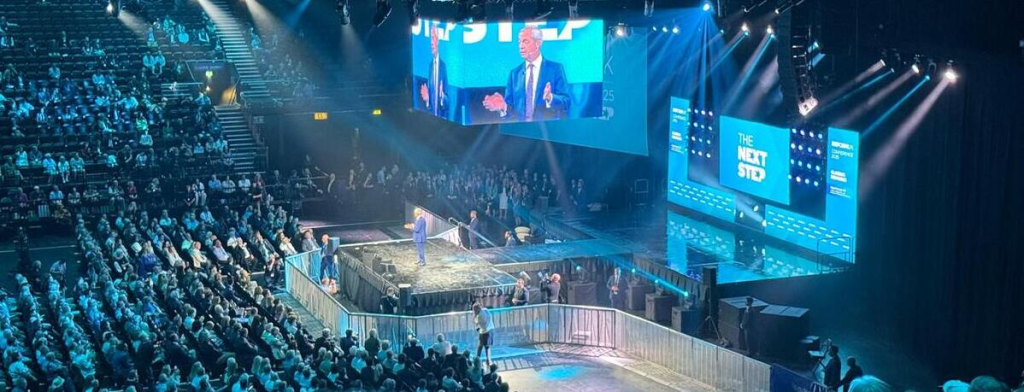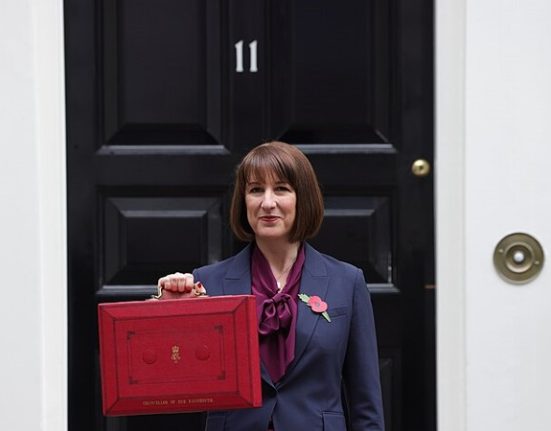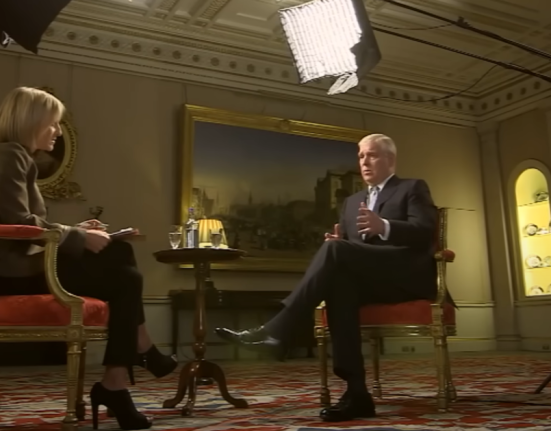If it’s a cast-iron truth that a week is a long time in politics then, by that logic, seven months is the kind of horizon only an absolute idiot would attempt to predict.
So, it’s only right I rise to that challenge. Here we are, looking ahead to May next year, when Birmingham faces its first round of elections since May 2022.
Spoiler: carnage awaits. Probably.
The slightly unusual four-year voting cycle theoretically offers stability, but the city’s political landscape is already showing signs of volatility and this really couldn’t come at a worse time for the controlling Labour party battered by national and local headwinds.
As it stands currently – with an upcoming byelection outstanding – the council composition is Labour 63, Conservative 22, Liberal Democrat 12, Green 2, and Independent 2.
Let’s have a quick look at some of the ingredients in this tumultuous dish that threaten the Brummie Labour grip on the levers of power.

The Reform surge
Where else could we start but the turquoise threat? In 2022, Reform UK secured just 93 votes in Birmingham. Safe to say, that won’t be the case this time.
Nationally, Nigel Farage’s party is very much pulling up trees and is promising to contest every one of the 101 seats in the city.
A city council, which many perceive as failing, an increasingly bleak economic outlook and a general vibe of ‘left behind’ mean the Reform risk is real. Add into the mix the fact that the epicentre of the lamp post flag phenomenon was born in Birmingham and it gives a pretty decent idea which way the wind is blowing.
The independent threat
Similarly, independent candidates have gained traction in Birmingham politics, coming close to unseating Labour heavyweights Shabana Mahmood and Jess Phillips in the general election and successfully ousting Khalid Mahmood.
International issues, particularly the Palestinian question, are making certain traditionally Labour-voting communities angry, something that remarkably cuts through to the streets of Birmingham. Labour will be banking on calming the Palestinian issue to bring voters back. It feels unlikely at this moment in time, but just remember, it’s a strategy that worked for Tony Blair post-Iraq.

The bin strikes
No local issue has loomed larger for voters in 2025 than the ongoing bin strike – the longest industrial dispute in Birmingham council history. Wisely, the council has avoided the dramatic imagery of past disputes – using private contractors to prevent piles of bin bags on the streets which act as a beacon for national TV cameras.
But Brummies have endured missed collections alongside the UK’s highest council tax increases. If unresolved by May, the strike represents a potentially toxic factor for Labour, complicating their electoral prospects.
The buoyant Liberals
In some parts of the city, giving your vote to liberally-minded parties like the Greens or Lib Dems is incredibly easy. This is not least because many of the campaigners are exceptionally effective – see, for example, the force of nature that is Green Julien Pritchard in Druids Heath and Monyhull.
It’s not hard to imagine many of the gentrified areas of the city unhappy with the Labour government taking the opportunity to protest vote in the safest possible way.
The prediction
Birmingham 2026 promises to be a complex, unpredictable election. But predict it we must.
Labour and the Conservatives maintain entrenched support in key areas – helped by some brilliant councillors on both sides. But rising minority parties, independent candidates, Middle Eastern politics and the bin strikes will no doubt upset the applecart.
So, I’m going to call it: we’ll see a minority administration – most likely Reform but possibly Labour clinging on – held together through a patchwork of coalition arrangements.But, of course, a lot can happen in the next eight months.







